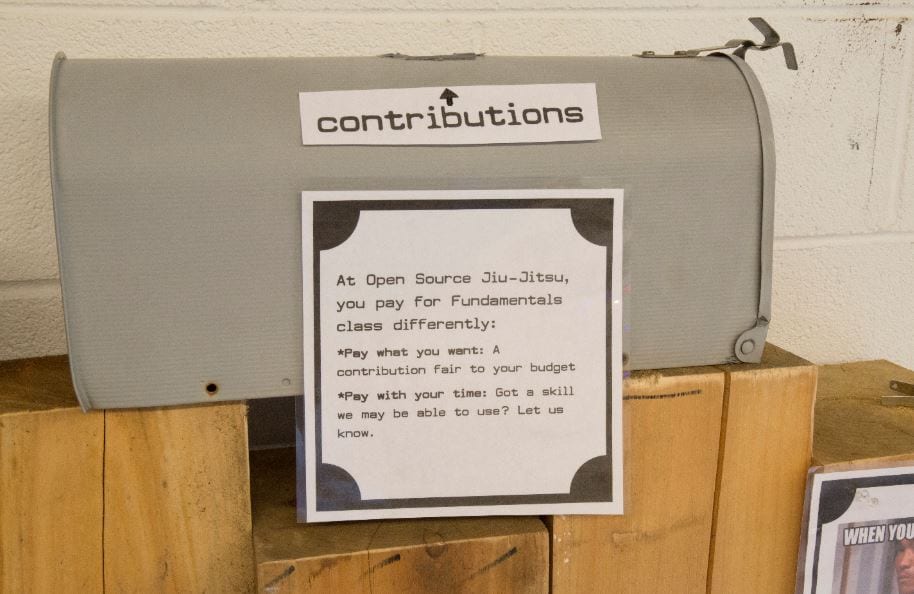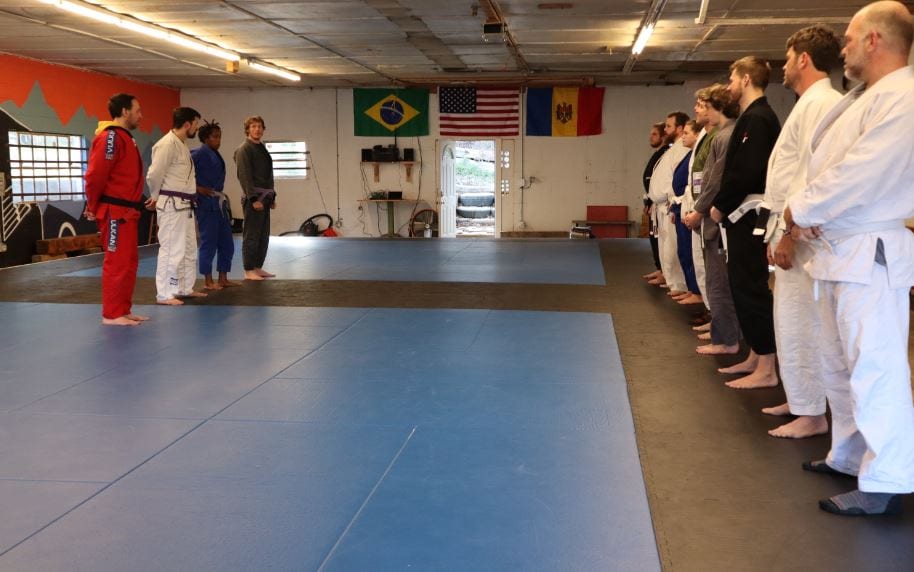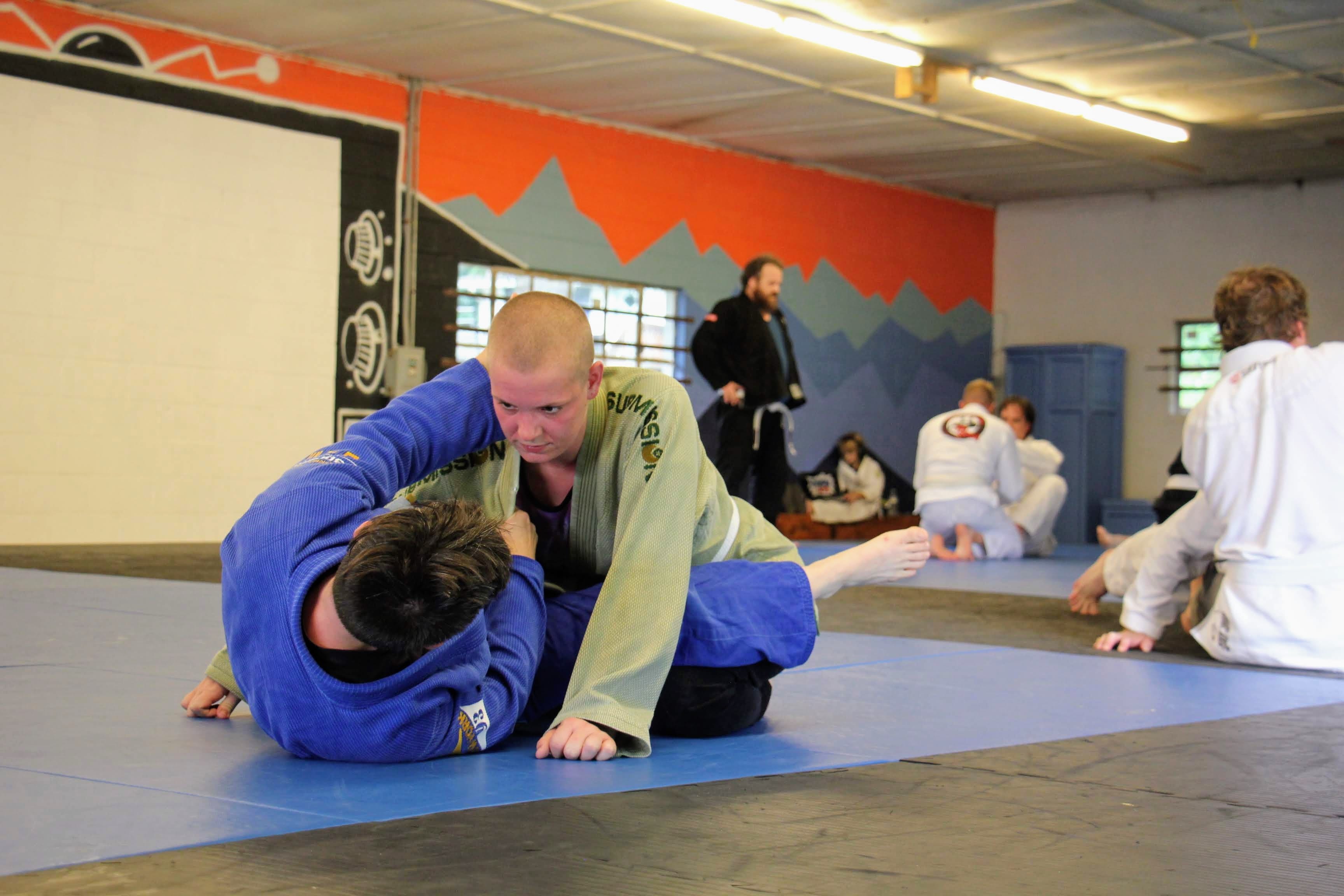The Open Source Project
In Moldova I did all of my work as a volunteer, which means I didn’t get paid by my students at all. The Peace Corps gave me a stipend which was based on the average teacher’s salary in the country, and I was otherwise free to try and keep myself occupied through service. Our approach to the creation of our business and teaching models here at Open Source Jiu-Jitsu (OSBJJ) here in Asheville, NC, USA, has been significantly shaped and molded by my experience with the years I put into the Moldova project. In many ways, OSBJJ is just an overall extension of the Moldova project.
The term “open source”, for those of you who don’t know, is a computer term “denoting software for which the original source code is made freely available and may be redistributed and modified”… at least according to one open-source online dictionary.
We take this initial software idea and extend it further, modifying, or, if you’d prefer, “open sourcing” it to be in line with our values as responsible business owners and members of the community. Most of our classes offer a “pay-what-you-want” model, which means that we suggest a range of prices, and the student pays that price or maybe nothing at all. This way, we can reach as many people as possible who are interested in jiu-jitsu, regardless of their income, and it forces myself or other instructors to provide the best possible experience for our students. We’ve officially been open for a full year now and this payment model has been working out amazingly well so far.
While we’re a completely unaffiliated jiu-jitsu school, our core values conspicuously resemble those of the BJJ Globetrotters community. Furthermore, we believe that the skill, or even art of teaching, is a different skill than that of BJJ ability/knowledge. Therefore, it’s important that we make a concerted effort to try and teach only what we know really well, and that the people teaching what they know really well are able to do this as effectively as possible, regardless of their belt level or affiliation. For example, if I want to show O Soto Gari as part of our takedown module and I happen to have a judo-based fighter on hand who can create a coherent lesson plan, why wouldn’t we want to tap into that as students/consumers?
The great part about this business model is that it forces us to keep it real; we can’t just phone it in, because otherwise people see right through it and we don’t get paid. Also, since people pay per class, we can’t just decide to cancel classes for the day. In the end, the positive side of this model is that I feel like we get more students on the mat, and it’s great for the consumer. The downside is that we don’t get paid as much per student as some other gyms do. But for real, if we’re really all about “BJJ for everybody”, this is the realest way to actually make it happen!
Well, that’s enough propaganda from me for today. I’m only 3 weeks out from my departure date, so I guess I’d better get posting! It still feels like a distant trip to me; I’m so focused on all the projects we have going on here that I haven’t really been able to contemplate long and hard about this trip.
All right… stay tuned! More posts coming soon!


















Leave a Reply
Want to join the discussion?Feel free to contribute!